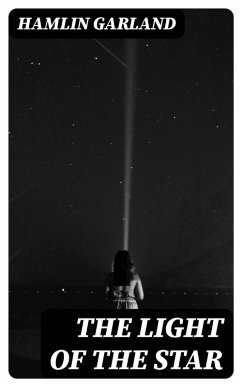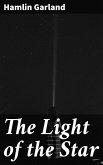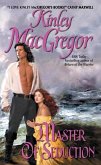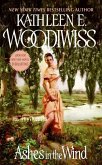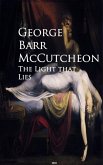In "The Light of the Star," Hamlin Garland expertly weaves a narrative that captures the essence of the American Midwest in the late 19th century. The novel explores the lives of its characters against a backdrop of sweeping landscapes and the harsh realities of rural life. Garland's style is characterized by its vivid imagery and naturalistic details, reflecting the influences of both realism and impressionism prevalent during this period. Through a poignant exploration of the human condition, the book delves into themes of aspiration, human struggles, and the profound connection between nature and emotion. Hamlin Garland, born in a sod house in Wisconsin, was deeply influenced by his experiences in the agrarian Midwest, which he ardently depicted in his literary works. His commitment to portraying the lives of ordinary Americans stemmed from a desire to highlight their struggles and triumphs. Garland was an advocate for realism, seeking to shed light on the often-overlooked hardships of rural life, making his insights profoundly significant to the broader literary landscape of his time. This novel is highly recommended for readers interested in American literature and those who appreciate richly drawn characters and settings. "The Light of the Star" not only provides an engaging narrative but also invites readers to reflect upon the resilience of the human spirit amidst adversity.
Dieser Download kann aus rechtlichen Gründen nur mit Rechnungsadresse in A, B, BG, CY, CZ, D, DK, EW, FIN, F, GR, H, IRL, I, LT, L, LR, M, NL, PL, P, R, S, SLO, SK ausgeliefert werden.

